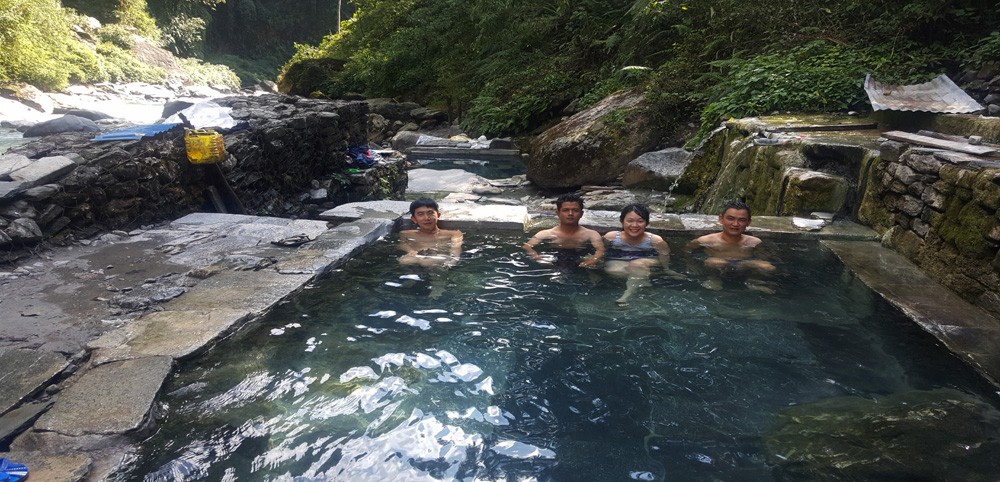Image: Poon Hill Jhinu Hot Spring trek is an easy trek situated in Annapurna Region, Nepal
by Jacob Koshy
A NITI Aayog constituted group of experts has urged the government to set up a dedicated mission to salvage and revive spring water systems in the country’s Himalayan States given their vital importance as a source of water for both drinking and irrigation for the region’s inhabitants. Spanning States across the country’s north and northeast and home to about 50 million people, the Indian Himalayan Region (IHR) has been heavily reliant on these natural groundwater sources, that are under increasing threat from the urbanisation caused by a constant push for development and climate change. “Almost half of the perennial springs have already dried up or have become seasonal and tens of thousands of villages are currently facing acute water shortage for drinking and other domestic purposes,” the group noted in its report titled ‘Inventory and Revival of Springs in the Himalayas for Water Security.’ “Almost 60% of low-discharge springs that provided water to small habitations in the Himalayan region have reported clear decline during the last couple of decades,” the report’s authors, who included experts from the Department of Science and Technology, noted. Shimla crisis The extent of the crisis plaguing the mountainous region was recently evident when more than half a dozen districts of Himachal Pradesh and the State capital Shimla faced a severe drinking water crisis this May after major water sources either went fully or partially dry. While poor water management was said to be the key cause, according to State authorities, they also attributed reduced snowmelt and depressed flow from springs as contributors to the crisis. Also, with almost 64% of the cultivable area in the Himalayas fed by natural springs, they are often the only source of irrigation in the region. The report noted that there were also multiple sources of pollution in springs and these were due to both geogenic, or ‘natural’ causes and anthropogenic, or man-made, ones. Microbial content, sulphates and nitrates were primarily because of anthropogenic reasons and contamination from fluoride, arsenic and iron was mainly derived from geogenic sources. Coliform bacteria in spring water could originate from septic tanks, household wastewater, livestock facilities, and manure lagoons in the source area or in the aquifers feeding springs. Similarly, nitrate sources were septic tanks, household wastewater, agricultural fertilisers, and livestock facilities. While Meghalaya with 3,810 villages with springs had the highest number of these water sources in the Eastern Himalayan States, Sikkim had the greatest density with 94% of its villages having a spring. In the Western Himalayas, Jammu & Kashmir had both the highest number of villages with springs at 3,313 and the greatest density of 50.6%. The group recommends “a multidisciplinary, collaborative approach of managing springs that will involve building upon the existing body of work on spring water management. The programme could be designed on the concept of an action-research programme as part of a hydrogeology-based, community-support system on spring water management.” With over 60,000 villages in the IHR, “growing” urbanisation – due to 500 townships and 10 cities – was increasing demographic pressure on the region’s water resources, the group noted. The task force moots an 8-year programme to overhaul spring water management. This includes: preparing a digital atlas of the country’s springsheds, training ‘para-hydrogeologists’ who could lead grassroots conservation and introduction of a ‘Spring Health Card.’

